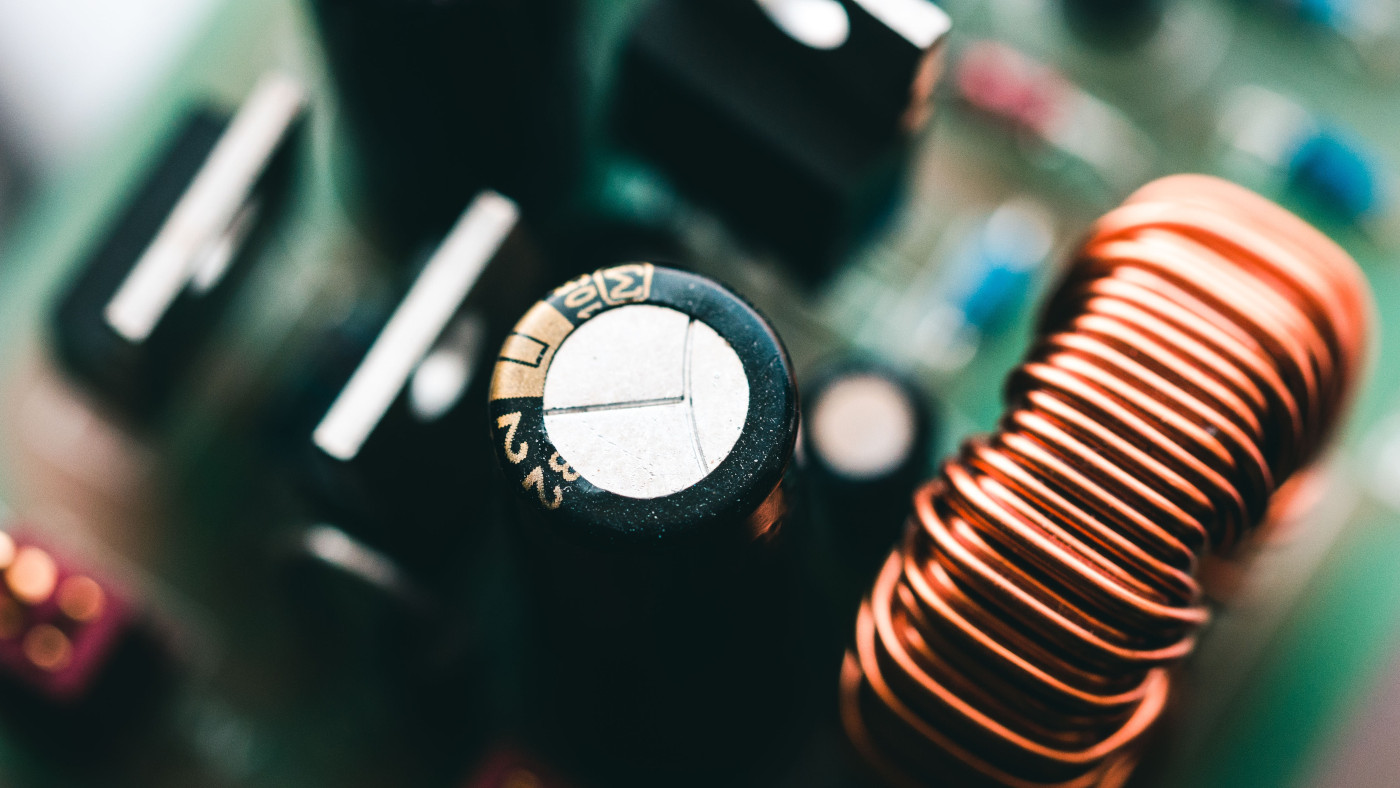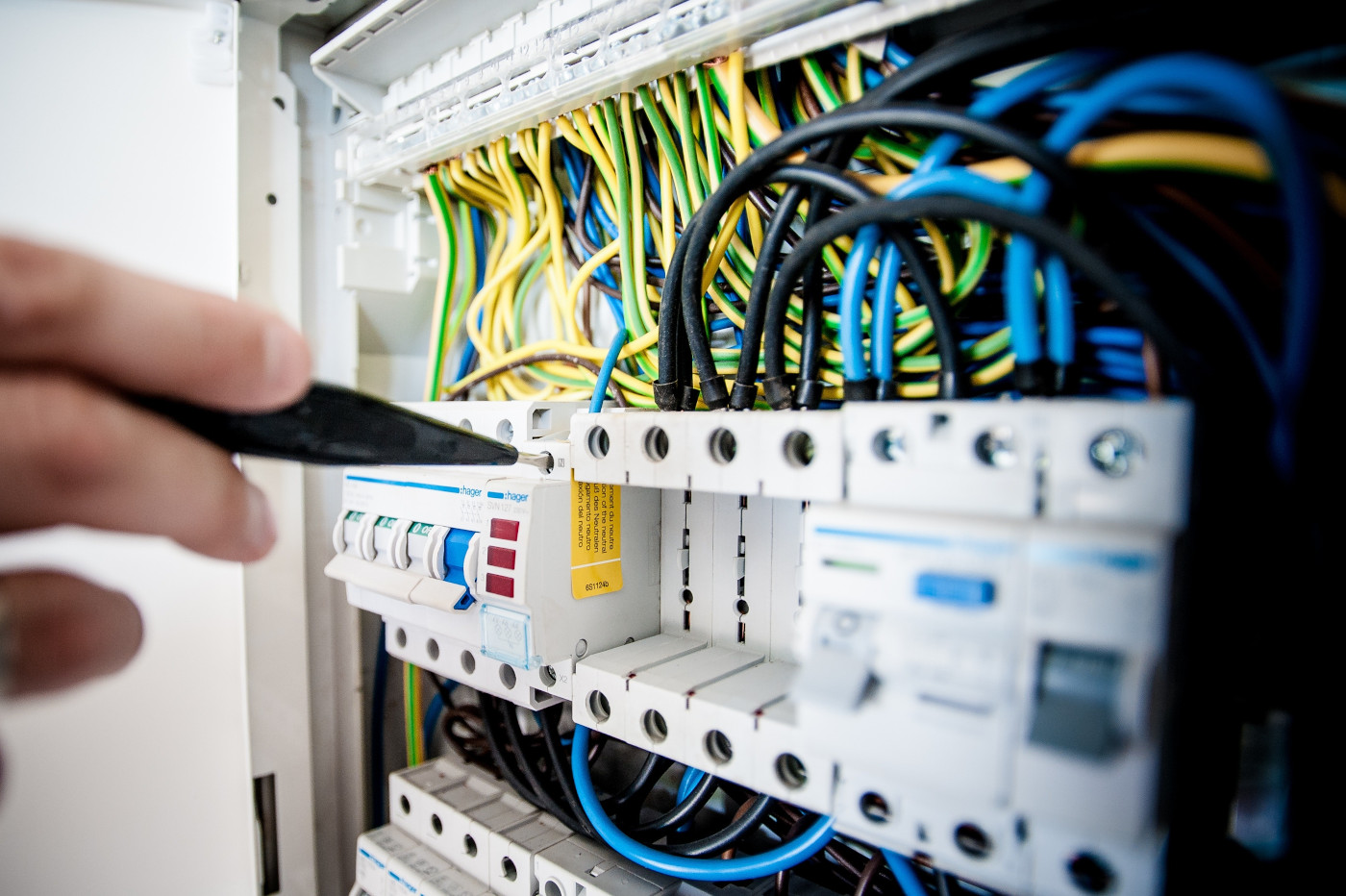Schottky barrier diode (SBD) is unipolar device, which means electron (majority carrier) is the only carrier that conducts current during the normal operation of Schottky diode. SiC, because of its wide bandgap, exhibits a higher Schottky barrier compared to Si and consequently a higher cut-in voltage (the forward biased voltage where the diode starts conducting). However, the higher Schottky barrier and dielectric strength of SiC also enable the voltage rating of SiC Schottky diode easily reaches 3300V. In the mean time, the voltage rating of Si Schottky diode rarely exceeds 200V. Today, SiC Schottky diodes have replaced Si PiN diode (which is bipolar device with a much higher reverse recovery charge and longer reverse recovery time) in many applications as switching diodes.
The forward voltage (VF) is one of parameters people care about most in the datasheet of SiC Schottky diode because it is directly related to the conduction loss. However, a paper published by Stanford scientists suggested that the junction capacitive charge (Qc) is another parameter as important as VF. The authors compared commercial SiC Schottky diodes, and showed that the diode with a higher VF and a lower Qc can outperform the diode with a lower VF but a higher Qc, depending on the operation conditions. The reason is that the diode also dissipates energy during each cycle of charging and discharging its junction capacitance.
That says VF*Qc is a better measure (figure-of-merit) should be used to evaluate the performance of SiC Schottky diode. Generally, if the rms current is relatively low and/or the switching frequency is relatively high, choosing low Qc rather than low VF will give you a better chance to improve the efficiency.





